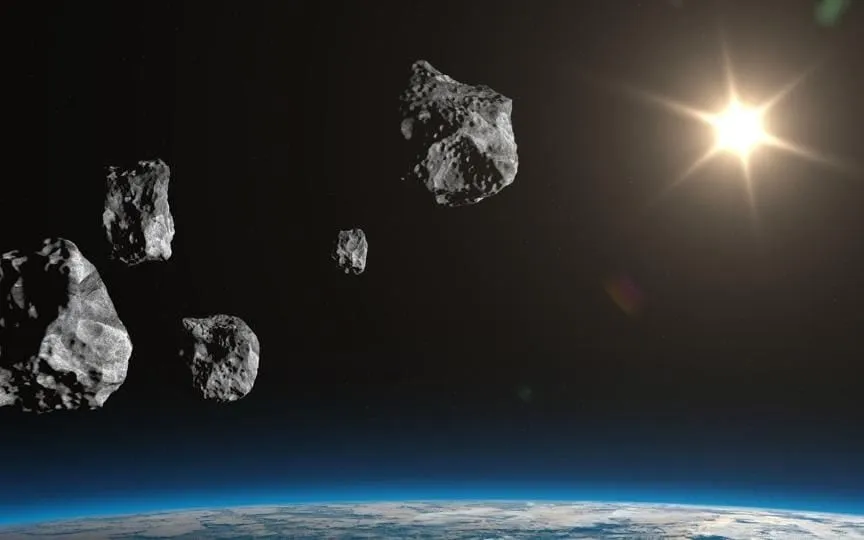Asteroid 2023 JR2 to Make Close Flyby of Earth Today at High Speed
To achieve its objective of identifying potential threats to Earth, NASA has launched the NEO Observations Program. This program aims to detect, monitor, and study Near-Earth Objects (NEOs), including asteroids. Most asteroids originate from the asteroid belt located between Mars and Jupiter, and they often have an elliptical orbit and unpredictable rotation. However, the gravitational pull of planets in our solar system can cause them to move towards the inner solar system, including Earth. By closely monitoring these asteroids, NASA can ensure the safety of our planet by identifying any potential collisions.
Today, three asteroids are on their way dangerously close to Earth. One of these asteroids is the size of an airplane and has a diameter of 120 feet. The potential threat comes from an asteroid called 2023 JR2, which is expected to come very close to Earth today, June 4, according to data provided by NASA. According to NASA’s CNEOS, if an asteroid is within 4.6 million miles, or 7.5 million kilometers, of Earth, the space agency will raise a warning about it as a potential hazard and issue an alert. Does this asteroid 2023 JR2 pose a danger to Earth? Here’s what NASA says.
Details of asteroid 2023 JR2
According to NASA’s Asteroid Tracking Data page, asteroid 2023 JR2 will fly past Earth today at a distance of just 4.05 million miles. NASA’s CNEOS data revealed that it is coming at an astonishing 27,287 kilometers per hour.
Asteroid 2023 JR2 was recently discovered on May 12, 2023 and is a member of the Amur Group, named after the original object 1221 Amur. Sky.org reported that this asteroid orbits the sun in 1117 days. Fortunately, this asteroid has not been classified as potentially dangerous. However, these large celestial bodies must be constantly monitored to prevent any accidents, especially when the Earth is expected to come alarmingly close.
Asteroid tracking technology
Earth-based telescopes and NASA spacecraft currently use NEOWISE to locate near-Earth objects. In December 2009, a space telescope named WISE (Wide Field Infrared Survey Explorer) was tasked with scanning the infrared sky for faint stars, asteroids and galaxies. The telescope successfully completed its mission by February 2011. Later in December 2013, the telescope was renamed NEOWISE to study near-Earth objects, asteroids and comets after it was brought out of hibernation.




